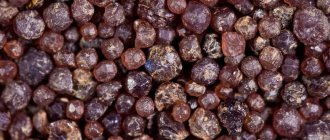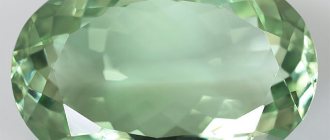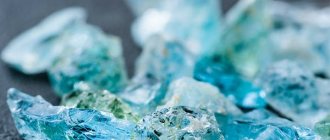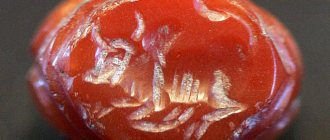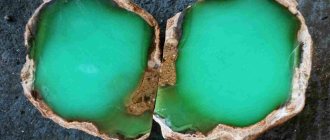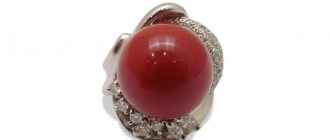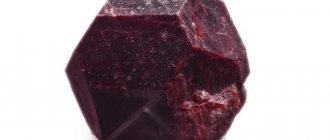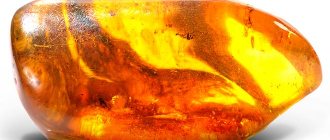Jewelers usually avoid gray stones, preferring to work with brighter gems. But there are also craftsmen who are able to discern beauty in plain-looking crystals, highlight it with the help of a successful cut and complement it with a suitable frame.
The result is unsurpassed. Jewelry with gray stones looks mysterious and elegant. At least when it comes to jewelry.
Semi-precious and ornamental minerals can also please the eye. They are widely used in many fields of arts and crafts.
Description and main properties
Minerals painted in gray colors are suitable for people who want to show maturity, calmness, and wisdom. Stones are not considered emotional, that is, they do not evoke strong feelings and do not greatly attract the attention of others.
Often jewelry with such inserts is used for business style clothing, indicating seriousness and busyness. People perceive such jewelry as an indicator of high social status.
It is believed that gray stones have dual energy - dark and light, so some people treat them with distrust. Minerals of this group can highlight both the positive and negative aspects of their owner. Gems protect a person both from external negativity and from one’s own shortcomings.
Gray stones promote relaxation and detachment from everything ordinary.
Variegated mix
"Olonets Cherned" was obtained by peasants from the mineral. It was an extremely durable black paint. It was used to paint artillery pieces.
The name “shungite” first appeared in Lectures on Geology, given by Professor A.A. Foreigners.
There is an “exotic” version of the origin of shungite. V. Kovalevsky (head of the laboratory of geology and technology of shungites), who has studied this rock for almost forty years, speaks about it.
“Scientists do not argue with the fact that the carbon of meteorites and the carbon of shungites are one and the same.”
Petrozavodsk. The Military Medical Academy of St. Petersburg has set up a “shungite ward” within its walls. Doctors use it to speed up treatment, reduce electromagnetic radiation, relieve the effects of stress and psychophysiological stress.
Shungite can be used to make conductive and bactericidal paints!
Near the village of Shunga, the same Petrovsk shungite mine still exists. And, according to rumors, black diggers are still finding something in it.
There is a lake on the territory of the shungite quarry. And you can swim there. They say skin diseases disappear without a trace.
Herr Peter
It is unknown when they would have reached the slate stone if not for Tsar Peter.
The king's orders were mostly carried out. But here is one interesting fact described in the book by M. Filippov “Shungite-bearing rocks of Karelia”.
“In 1736, a free trader, Ivan Glukhov, applied to the St. Petersburg Berg Directorate. Weeping with burning tears, he submitted an application for the development of the rabble of the Baryzhentsy ridge, “under the threat of the sovereign’s cruel wrath, urgent corporal punishment, death penalty and deprivation of all estates, like an unruly despiser of Peter’s orders” for concealing deposits of combustible land, known among the population of the Olonets region even since the time of the Ushkuiniks, that is, almost from the half of the 14th century.”
Peter needed a strong Russia...
Legend
About how Tsar Peter ordered each soldier to carry a piece of shungite in a flask of water. Therefore, Russian soldiers did not suffer from dysentery. The bactericidal properties of slate stone have been proven. And dysentery in war is a terrible thing. But the Swedes did not have shungite, and the disease plagued them. Well, think for yourself what a war is like when you’re sitting in the bushes...
So shungite helped win the war with the Swedes.

